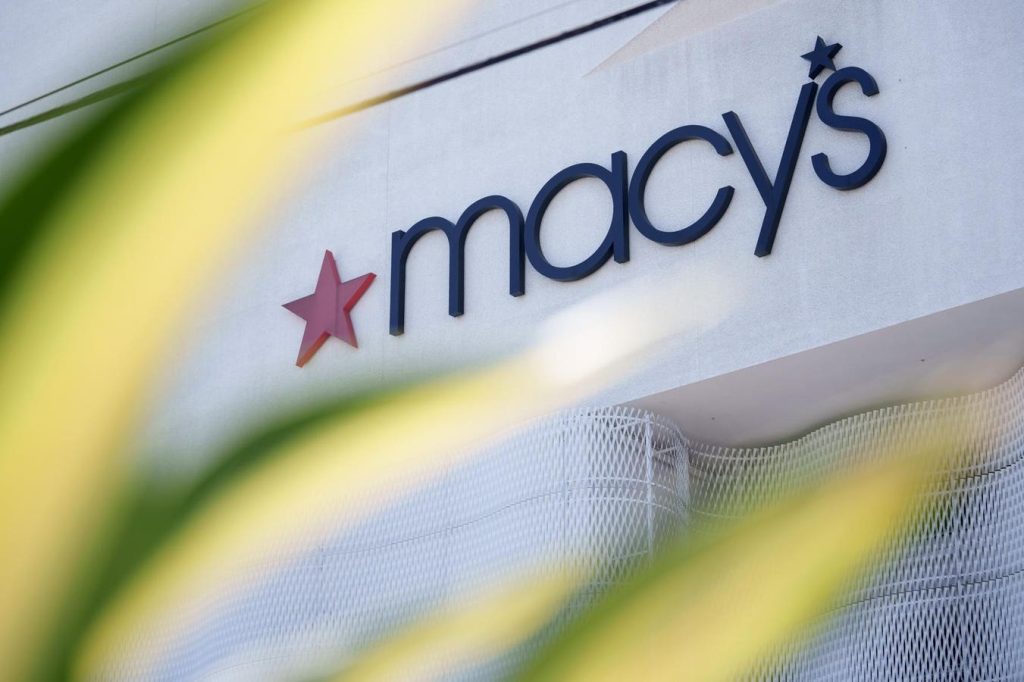The struggle of department stores to stay relevant in the modern retail landscape has been highlighted by Macy’s decision to close nearly 30% of its remaining locations. This move comes after years of decline in department store sales, with Macy’s CEO Tony Spring acknowledging that many locations were built for a different era. The challenge facing these retailers lies in their failure to keep pace with changing consumer preferences and shopping habits, resulting in a decrease in sales and foot traffic.
One of the key problems facing department stores is their vast physical footprint, with many companies investing heavily in acquiring competitors instead of focusing on improving the customer experience. As online retail sales continue to rise, department stores are left managing costly brick-and-mortar spaces that may not align with changing consumer behavior. Additionally, many department stores have failed to listen to their customers and evolve their offerings accordingly, leading to a disconnect between what consumers want and what is being offered in-store.
The Covid-19 pandemic has further highlighted the need for department stores to adapt to changing shopping habits, with consumers prioritizing convenience and online shopping. The shift towards working from home has also impacted consumer spending, leading to a decreased demand for dressy office apparel and an increased focus on household items and comfortable clothing. To address these challenges, department stores must leverage consumer insights and reward program data to offer customized and relevant recommendations and experiences to attract shoppers back to their stores.
To compete in the modern retail landscape, department stores must look towards successful retail concepts such as direct-to-solutions sites, ankle-biters, and purpose-driven brands for inspiration. Direct-to-solutions sites offer tailored solutions to specific needs not met in traditional stores, while smaller brick-and-mortar retailers have shown success in keeping up with changing consumer demands by offering convenience and unique experiences. Purpose-driven brands that stand for more than profit, such as cultural wellness and inclusivity, have also resonated with shoppers and could help department stores attract a new generation of consumers.
In order to stay relevant and attract younger shoppers, department stores must make structural changes to reflect contemporary needs and values. By offering new life stages, work-from-home fashions, and incorporating informational resources, department stores can position themselves as relevant and appealing to a younger demographic. While it may take more than just changes in product offerings and store layouts to lure younger shoppers back, evolving with the times is crucial for the survival of department stores in an increasingly competitive retail landscape.













